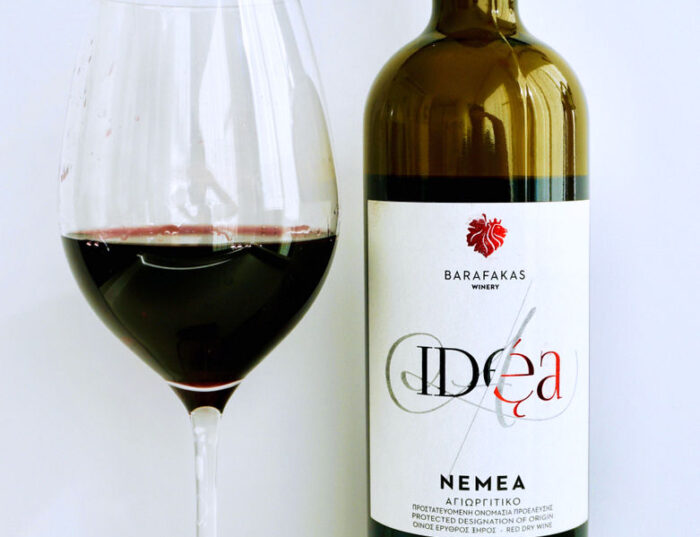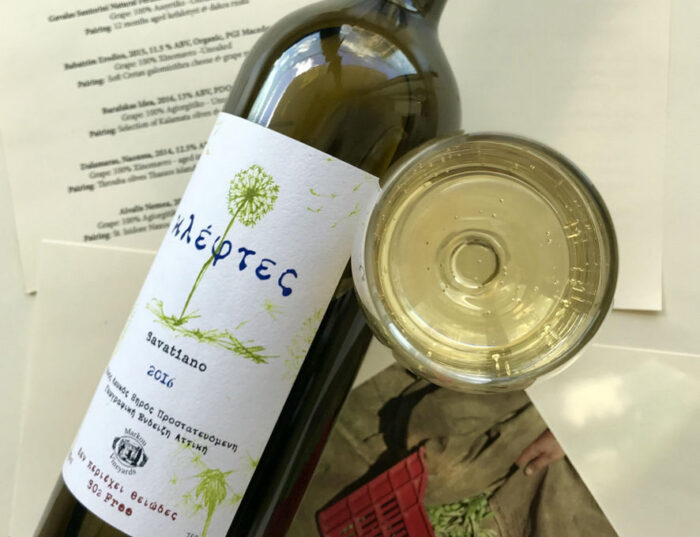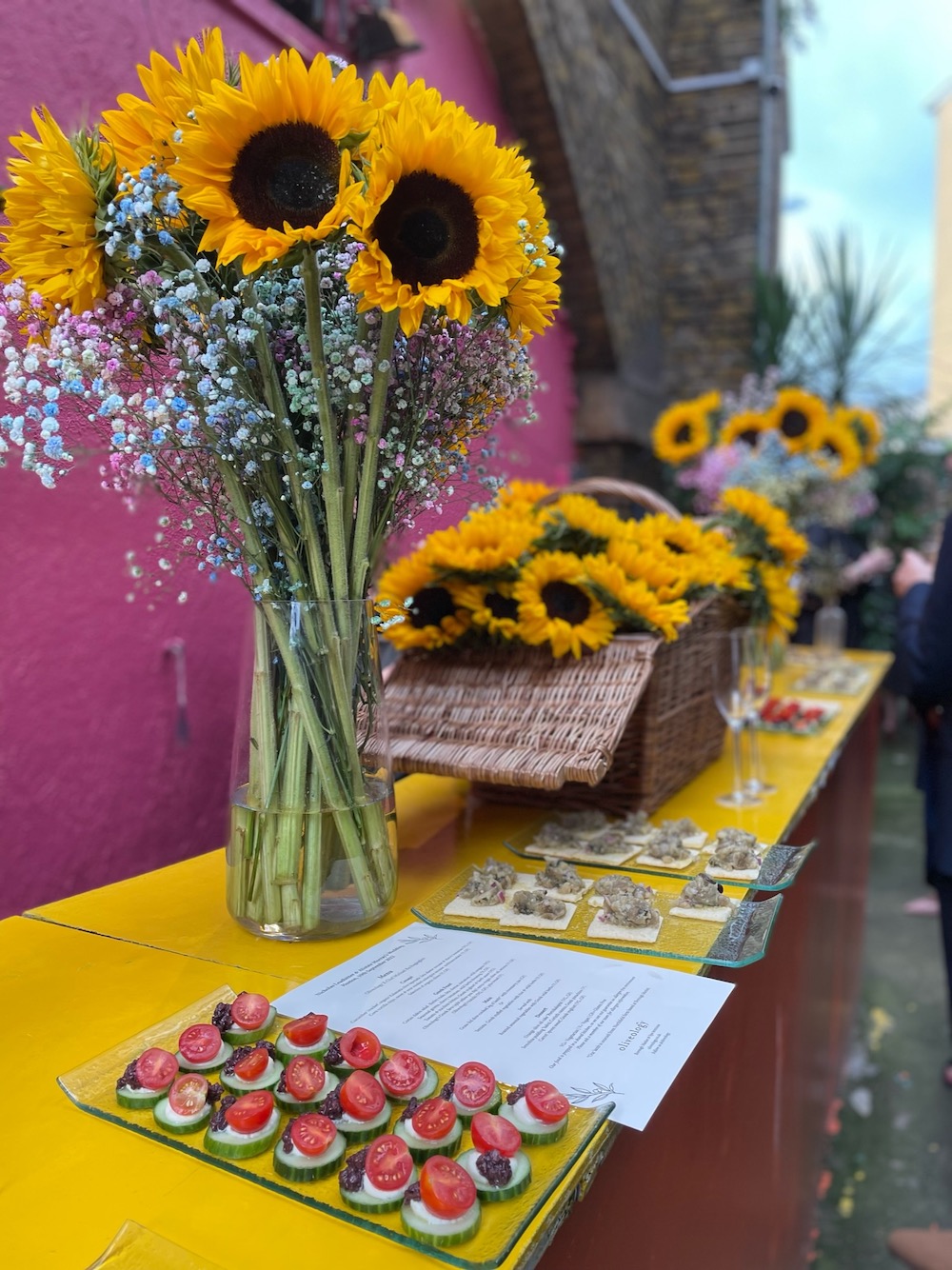As a wine writer, one of my favourite moments is when people share their thoughts on the wines I’d previously recommended to them. Wine lovers from all over the world always enjoy talking and writing to each other, exchanging ideas and thoughts on wines. And this happened this week and brought me a considerable amount of joy. A colleague of mine, with whom I keep in touch only online, usually talking about tasting notes, took a cruise trip to Santorini earlier this year. He tasted the wonderful Gavalas Santorini as well as the Gavalas Voudomato. When I asked what he thought of these wines, he said “ Awesome, indeed.”
Awesome, indeed. This is also my comment about this 2016 Gavalas Voudomato. Romantic colour, crispy acidity, and fresh red berry aromas. We can say this is an excellent piece of art, refreshing as a white wine, but also with the red-fruit flavours of red wine.
On the label, Gavalas Voudomato also demonstrates the geographic indication (GI) of PGI Cyclades. Cyclades is a group of islands in the Aegean sea and include islands such as Naxos and Santorini. For a wine to be qualified as PGI Cyclades, grapes for winemaking must be 100% from this area, and vineyards are required to be located above 30 meters of altitude. The name ‘Voudomato’ is taken from the grape variety, as the wine is made from 100% Voudomato grapes. Gavalas winery has become the only one in Santorini to cultivate ‘the indigenous rare’ variety of Voudomato.
Just in case you do not know how rosé wine is produced in the winery, here is a little review. Normally, there are three methods in rosé winemaking, none of which involves the use of an oak barrel. This is why the rosé wines available at the market are all refreshing for summer, and do not benefit remarkably from aging. The first and also the cheapest method is blending red wine with white wine. Such approach usually can be found only in the new world, as it is forbidden in Europe. The second one follows the process of red winemaking, but only shortens the time of maceration depending the winemaker. Therefore, in theory, this method can result in a wide range of styles, and is able to produce a rosé that is unlimitedly close to a red wine. Such method is prevailing in the Southern Rhone Valley, France. The last one which produces some of the most delicate rosés in the world, is more predominant in South France and Provence. It crushes black grapes as if it were white ones, and thus follows a white winemaking process.
The 2016 Gavalas Voudomato follows the third approach, but also has a pre-fermentation skin contact which is also used in some white winemaking to extract more colour and body. In light of this, it is definitely a rosé with character. In the glass it shows a clear, bright and pale ruby colour, just like a glass of cranberry juice, but also like a glass of pure sea water being dyed with red rose petals. On the nose, it has pungent aromas of apple juice, accompanied by notes of fresh strawberry, raspberry and violet. On the palate, it has a crispy acidity, light to medium body, medium alcohol, a touch of tannins, and mouthfuls of flavours of raspberry, pomegranate and strawberry. The finish is medium-long and full of minerals.
The wine is ready to drink. It is best consumed at the temperature of 8-12°C, and with savoury foods. Light cheeses, dishes with poultry or seafood in tomato sauce are ideal pairings. To be honest, as a rosé of 2016 vintage, well developed and fresh as it is, this wine is not suitable to age any longer, so drink more, and drink now.
by Celine
References:
https://www.gavalaswinery.com
http://www.newwinesofgreece.com/lista_oinon_pge_perifereiakon_enotiton/en_pgi_cyclades.html




